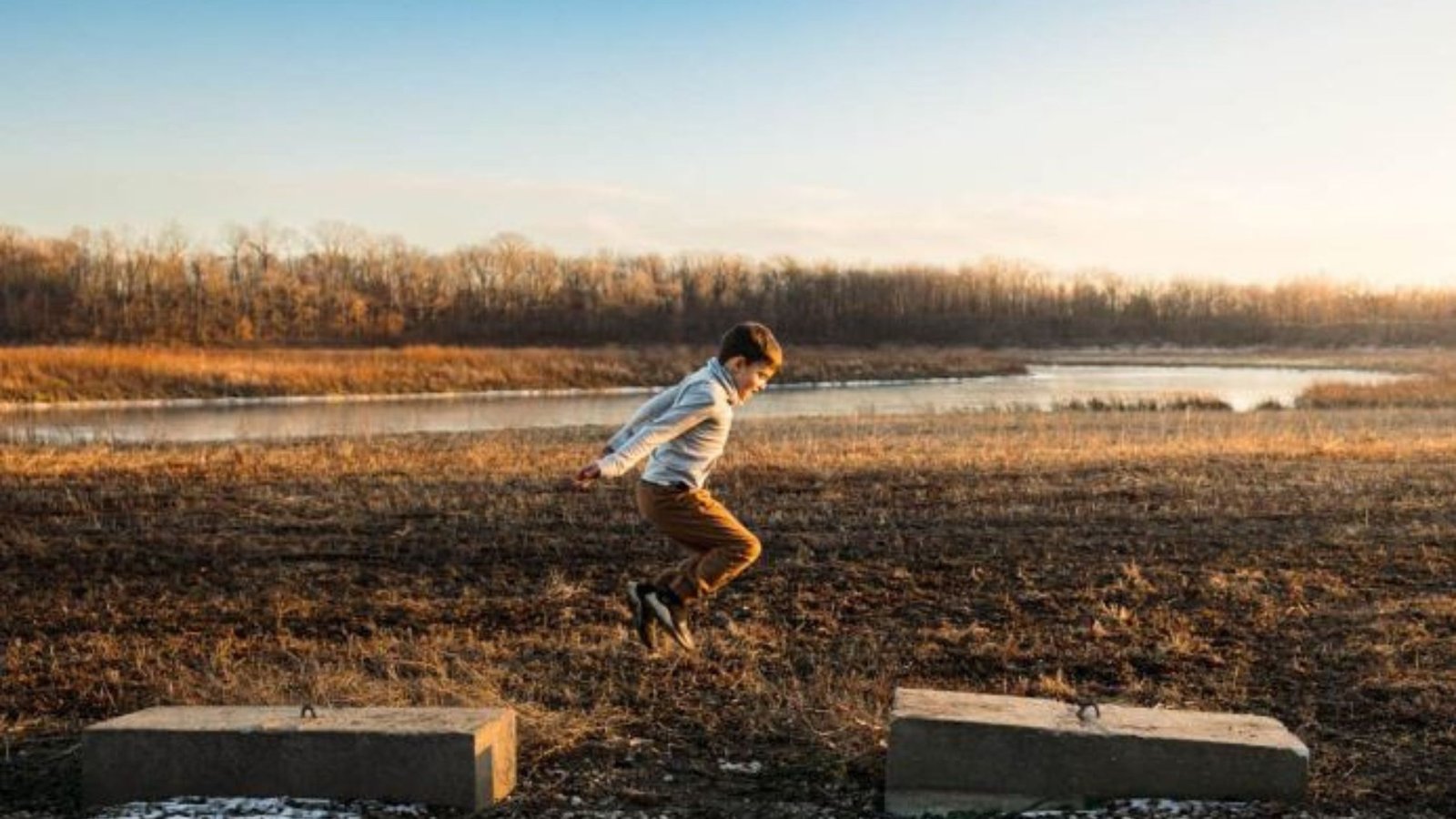Outdoor cooking enhances the enjoyment of outdoor experiences by providing delicious meals in natural settings. Whether you’re a novice or seasoned outdoor enthusiast, mastering outdoor cooking techniques can elevate your outdoor adventures. Here’s how to cook outdoors effectively.

Choose Appropriate Cooking Equipment
Select cooking equipment that suits your outdoor setting and meal preferences. Options include portable camping stoves, propane grills, portable charcoal grills, and lightweight cookware. Consider the type of meals you plan to prepare and the cooking methods you prefer.
Practice Fire Safety
If cooking over an open flame or using a portable grill, prioritize fire safety. Choose designated fire pits or clear, safe areas for cooking. Keep a fire extinguisher or water source nearby and extinguish fires completely after use. Follow local regulations and fire restrictions.
Plan Meals in Advance
Plan your outdoor meals in advance to ensure you have the necessary ingredients and cooking equipment. Prepare simple recipes that require minimal preparation and cooking time. Pack ingredients in sealed containers or resealable bags to prevent leaks and spills.
Pack Essential Cooking Supplies
Pack essential cooking supplies, including utensils, cutting boards, knives, plates, bowls, cups, and reusable water bottles. Bring a portable cooler or insulated bag to store perishable ingredients and beverages.
Master Cooking Techniques
Learn basic outdoor cooking techniques, such as grilling, roasting, boiling, and baking. Experiment with foil packet meals, skewers, and one-pot recipes that minimize cleanup. Use a cast iron skillet or Dutch oven for versatile cooking options over a campfire or portable stove.
Use Local Ingredients
Incorporate local ingredients and seasonal produce into your outdoor meals for fresh flavors and sustainability. Forage for wild edibles, such as berries or mushrooms, and practice ethical harvesting practices.
Practice Leave No Trace Principles
Follow Leave No Trace principles when cooking outdoors to minimize environmental impact. Dispose of food waste properly, pack out trash, and clean cooking utensils and equipment away from water sources.
Stay Hydrated and Energized
Stay hydrated and energized while cooking outdoors by drinking plenty of water and consuming nutritious snacks. Plan meals that provide sustained energy, such as protein-rich foods, whole grains, fruits, and vegetables.
Enjoy Outdoor Dining
Embrace the outdoor dining experience by setting up a picnic blanket or portable table and chairs. Create a cozy atmosphere with ambient lighting, such as lanterns or string lights, and enjoy meals surrounded by nature.
Clean Up Thoroughly
Clean cooking utensils, equipment, and surfaces thoroughly after each use to prevent contamination and odors. Dispose of food scraps and grease responsibly, and leave your cooking area cleaner than you found it.
Conclusion
Cooking outdoors enriches outdoor experiences by providing nourishing meals and creating memorable dining moments in natural settings. By choosing appropriate cooking equipment, practicing fire safety, planning meals in advance, and mastering outdoor cooking techniques, you can enjoy delicious meals while embracing the beauty of the outdoors. Follow these tips to cook outdoors effectively and enhance your outdoor adventures.











